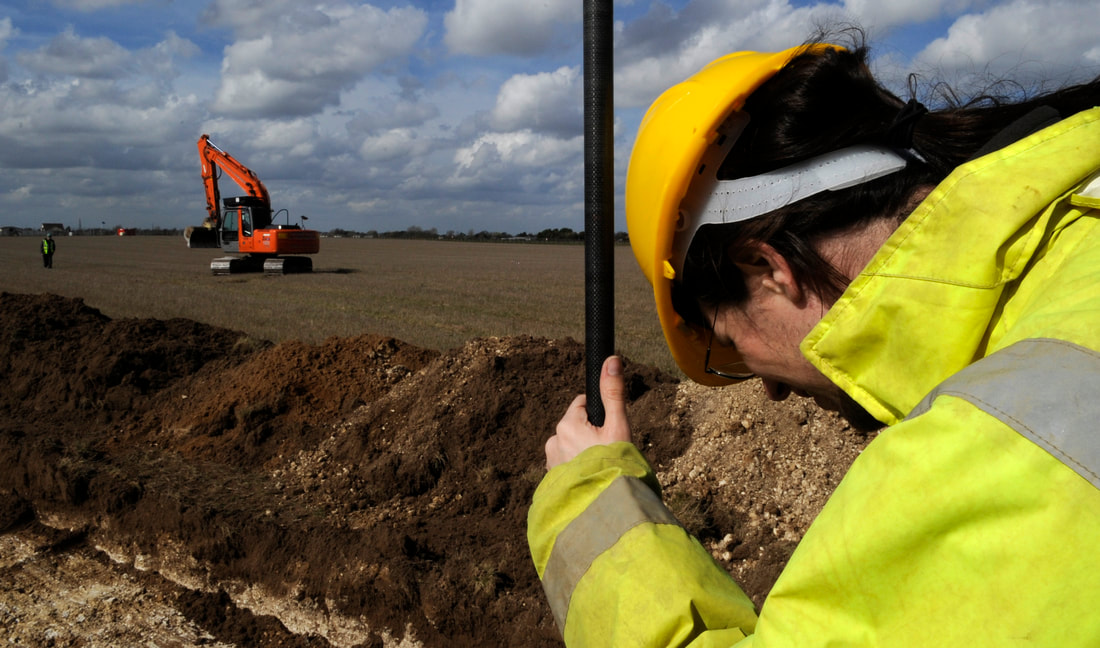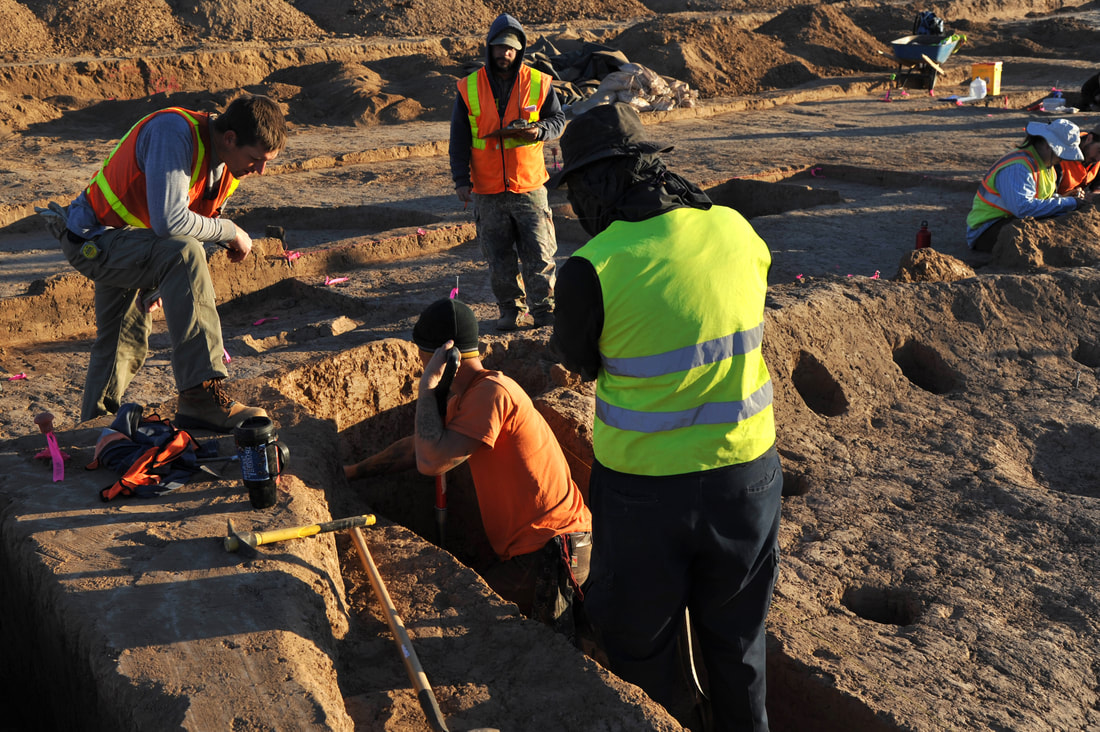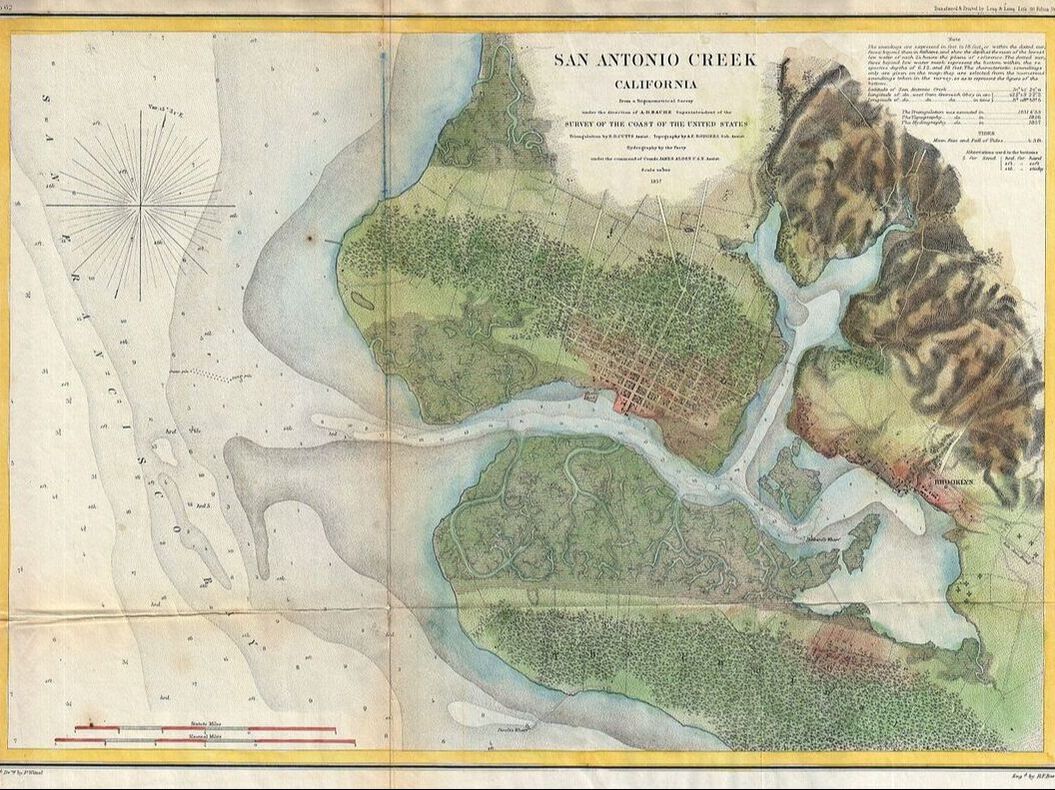Cultural Resource Management
The cultural resource team at Natural Investigations offers a wide range of services to ensure that clients meet all applicable federal, state, and local requirements. We specialize in compliance with the California Environmental Quality Act (CEQA), the National Historic Preservation Act of 1966, the Archaeological Resources Protection Act of 1979, the Native American Graves Protection and Repatriation Act of 1990, as well as the cultural resources requirements of National Environmental Policy Act (NEPA), and various state and local regulations, statutes, and policies. During the life of a project, we routinely consult with the appropriate federal, state or local regulatory agencies, local Native American tribes, preservation groups and historical societies, other invested groups, to ensure all compliance, agency guidelines, and local interest issues are addressed.
Services
Our cultural resource management services help clients recognize, assess, and preserve cultural resources while avoiding or minimizing impacts to them. Our staff meets the requirements of the Secretary of the Interior’s Standards and Guidelines for Archaeology and Historic Preservation and hold numerous federal and state permits allowing them work throughout the country. We provide the following cultural resource services:
To ascertain the extent of previous cultural resources work within a project area and to estimate the number of known and potential cultural resources present.
Identifies the cultural resources at a location, usually by a physical reconnaissance of the entire project area, a sample portion of a study area, or a more intensive survey of previously recorded sites.
Including sorting, cataloging, flotation, and curation preparation of artifacts recovered during archaeological field investigations.
We have expertise in evaluating built environment properties, historic archaeological sites, prehistoric archaeological sites, and Traditional Cultural Properties (TCPs) against National Register of Historic Places (NRHP) and/or the California Register of Historical Resources (CRHR) eligibility criteria. |
This non-invasive method of subsurface data collection is ideal for those projects where excavation is not possible or not desired; the process is more cost-efficient and reliable as a means of gaining information than random subsurface testing.
Our qualified staff is available for consultation with appropriate agencies, Native American tribes, and other interested parties, as needed. Our staff has decades of experience consulting on cultural resources projects with federal, state, and local agencies, including OHP, SHPO, Federal Energy Regulatory Commission, U.S. Forest Service, U.S. Bureau of Reclamation, Bureau of Land Management, and the National Park Service.
Our capable staff prepares comprehensive cultural resources technical reports documenting the results of all work completed under provisions of Section 106 of the NHPA and/or CEQA. Our reports also identify observed disturbances or threats to cultural resource integrity, and contain management recommendations, including mitigations measures and possible avenues for future research.
Our experienced team recommends appropriate mitigation and treatment measures when needed for projects with known cultural resources, including archaeological sites, TCPs, and built environment resources (e.g., buildings, structures, and engineering features). After completion of comprehensive background research, we develop a Work Plan to determine the significance of the resource, and draft any necessary mitigation measures consistent with CEQA Guidelines Section 15126.4(b) and/or NHPA Section 106. |
Expertise
|
Natural Investigations’ team of cultural resources experts includes professionals with the experience and expertise to adapt technical reports to EIR/EIS sections and to evaluate existing technical reports to determine what additional information may be required for compliance under CEQA/NEPA guidelines.
Natural Investigations also offers full-scale data recovery excavations, construction monitoring, preservation and treatment plans, impact mitigation management and memoranda of agreements. |





